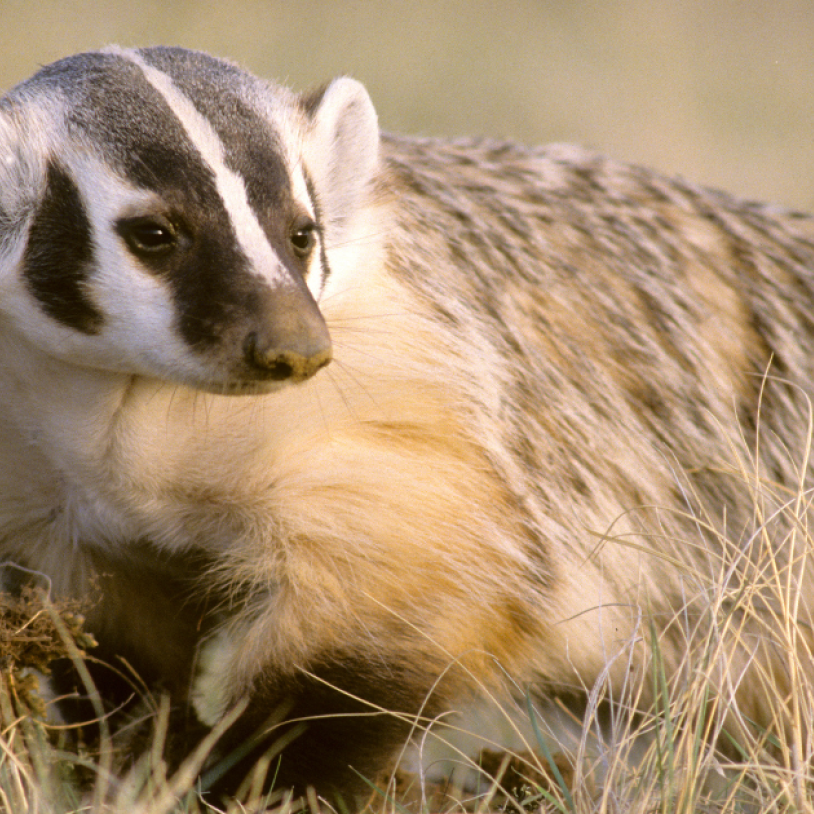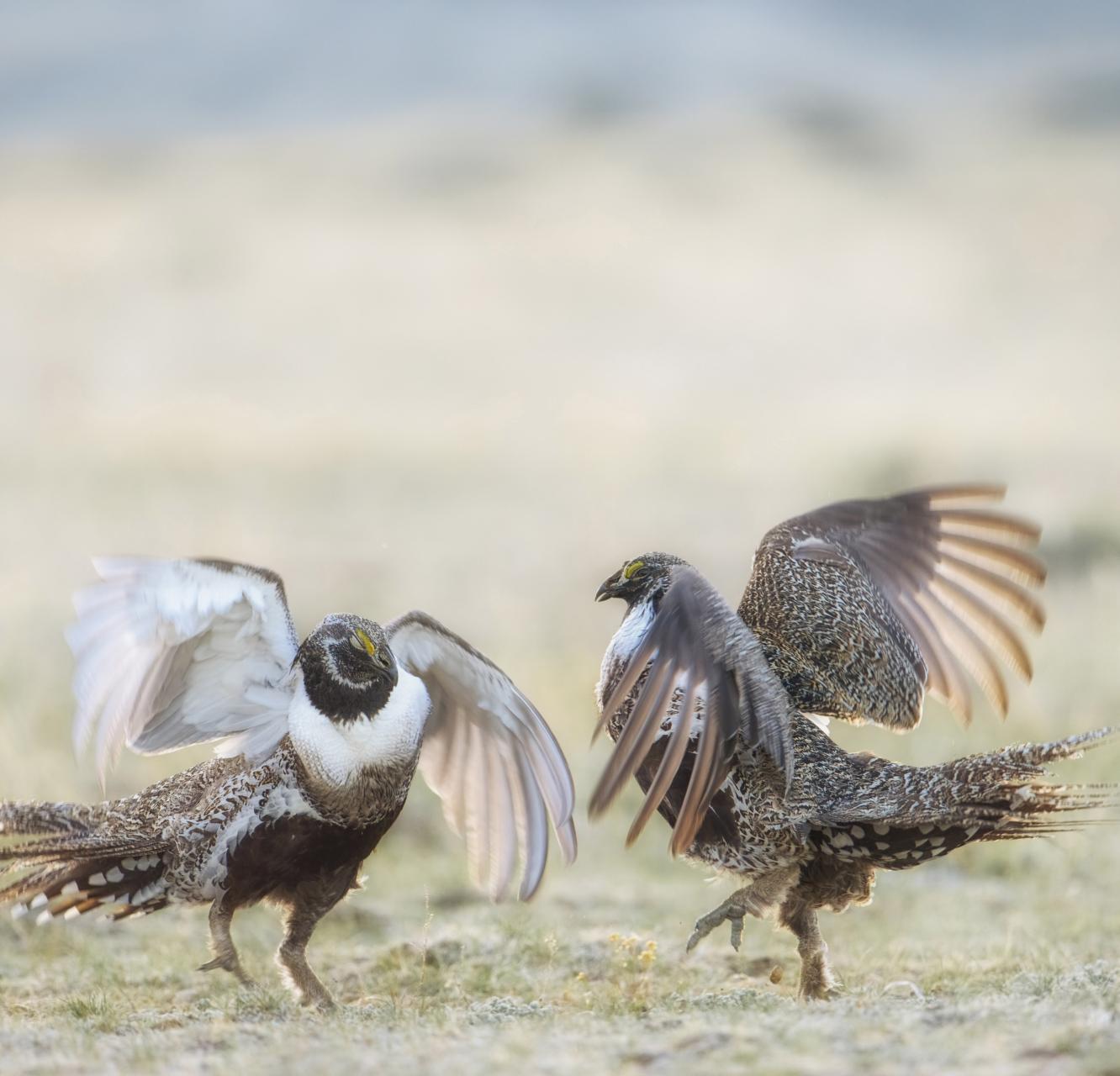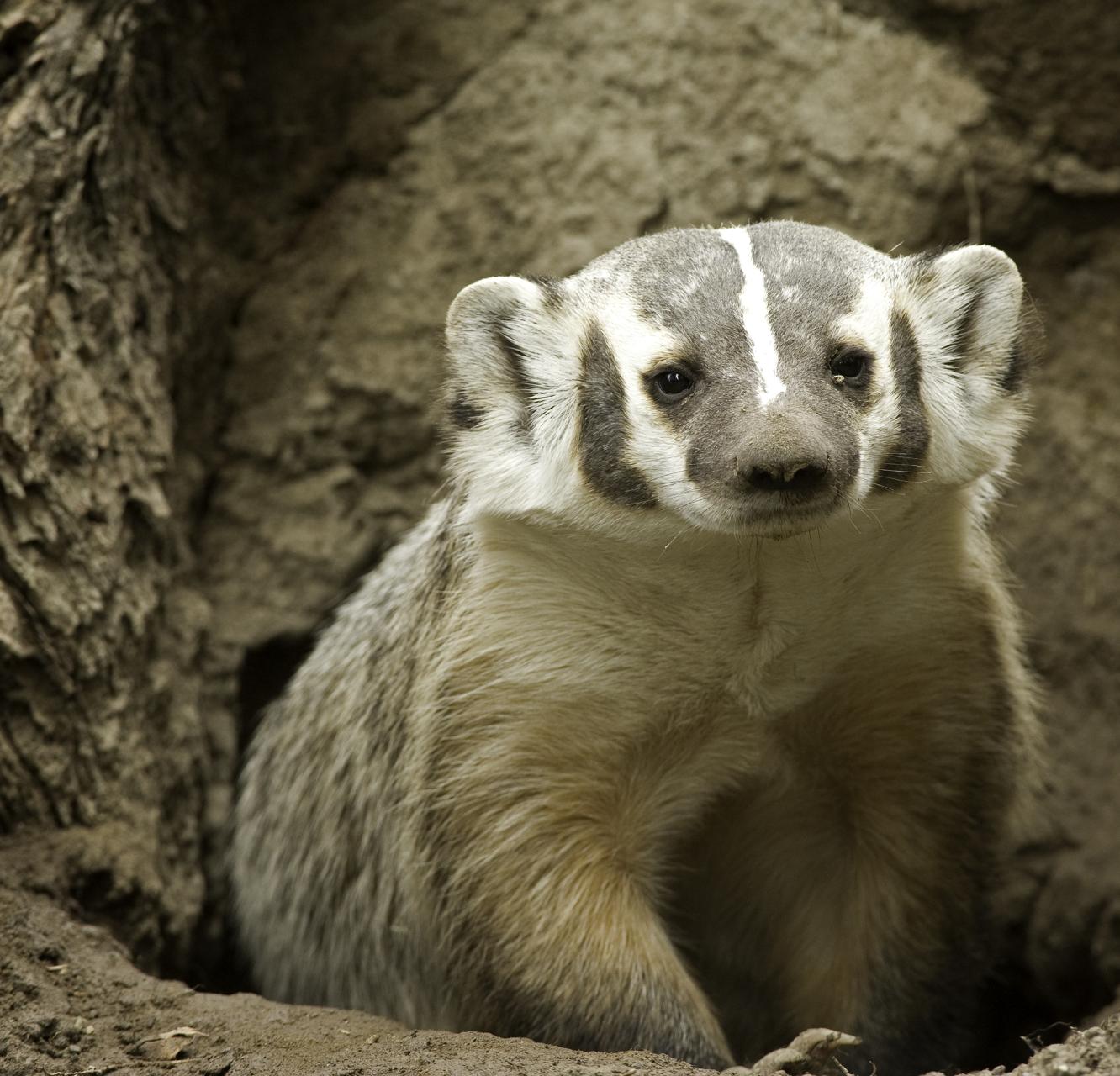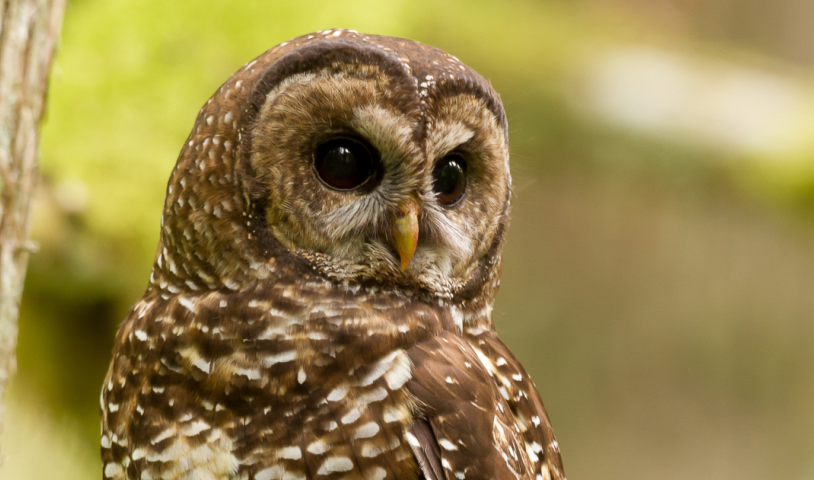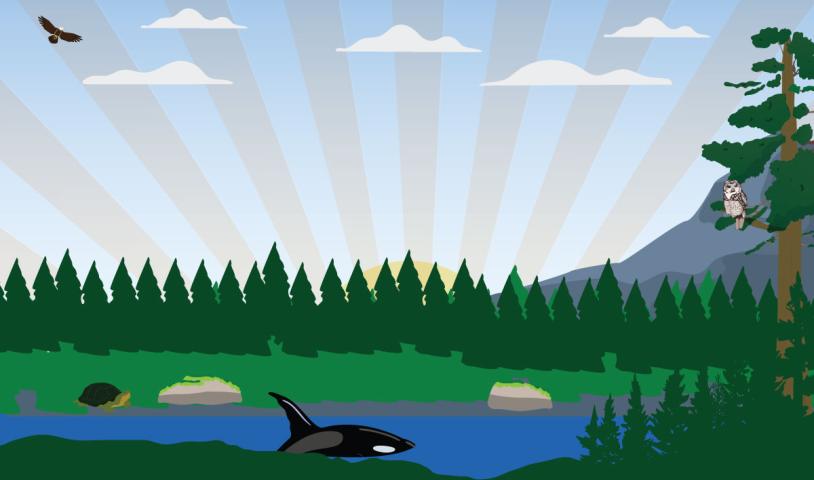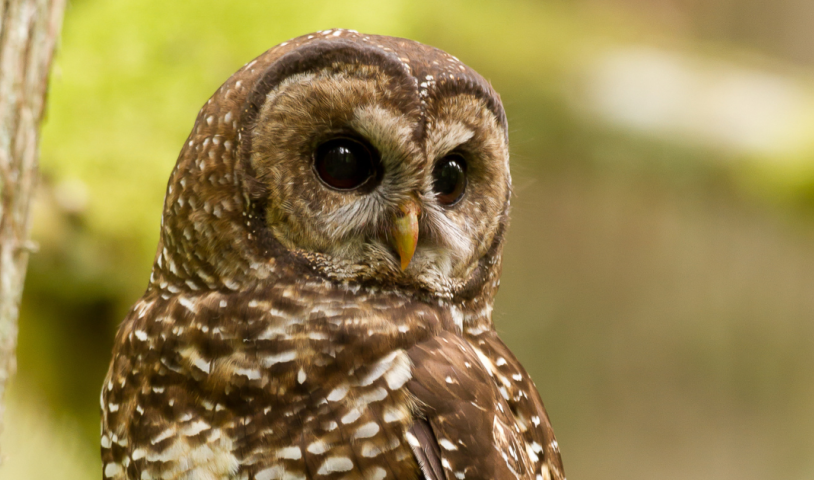Governments are not protecting endangered animals: Environmental groups
Friday, February 12, 2010
It is the inspiration for Mukmuk, one of the Vancouver Olympic mascots, but environmental groups say the British Columbia and federal governments are ignoring advice from their own experts to prevent it from becoming extinct.
Newly released internal government documents revealed that federal and provincial officials have known for at least two years which areas were critical for the survival of the Vancouver Island marmot and several dozen other endangered species. But the environmentalists say the governments have failed to follow through with plans to protect those areas.
"They are both failing to do their duty," said Jay Ritchlin, the director of marine and freshwater conservation at the David Suzuki Foundation. "Instead of making it a cute mascot, let's make it a species that survives."
The government documents, obtained by the environmental groups through an Access to Information request, were prepared for a joint federal-provincial committee meeting on Dec. 6, 2007.
"The 'cut and dry' requirements of SARA (federal species at risk legislation) and recent legal challenges are forcing federal agencies to consider vulnerabilities," said the document. "There is a substantial list of species where, from a technical perspective only, partial (critical habitat identification) can appear to be 'obvious.' "
The environmental groups, which included the Western Canada Wilderness Committee, Ecojustice, and Georgia Strait Alliance, said the documents also suggest that the governments would have enough information to improve protection for other species such as the white sturgeon, the Oregon spotted frog, the marbled murrelet and the southern mountain woodland caribou.
But B.C. Environment Minister Barry Penner said the province has protected more land from industrial activity than anywhere else in Canada. He added that the marmot has been a success story in recent years with a co-ordinated approach to allow its numbers to reach the hundreds after dwindling to only a few dozen animals in the 1990s.
"I participated myself personally in a number of releases of the young marmots," said Penner in an interview, "including in Strathcona Provincial Park . . . and that area is strictly protected from logging and mining activities where the marmots are being released."
Penner also signed an order in the past week that banned oil and gas development in the Flathead River Valley, a vast territory on the southeast tip of B.C., north of Montana.
Ritchlin said the groups are prepared to work with governments and industry to find a plan that will protect sensitive areas and promote sustainable development for businesses, such as logging companies. They have also sent a letter putting the governments on legal notice to immediately revise or rewrite the recovery strategies for 43 different species, including the marmot.
"Knowing that this goes back two years, we just want to get this moving," he said. "Of all the species that are listed as endangered, (for) over 80 per cent of them, the science says what they need is their habitat. They need a good place to live and reproduce and if they don't have it, they will never recover. So putting an endangered label on them doesn't do anything if they don't have the habitat they need."
When asked for comment, Environment Canada e-mailed a statement explaining that the government is committed to protecting Canada's wildlife and biodiversity.
